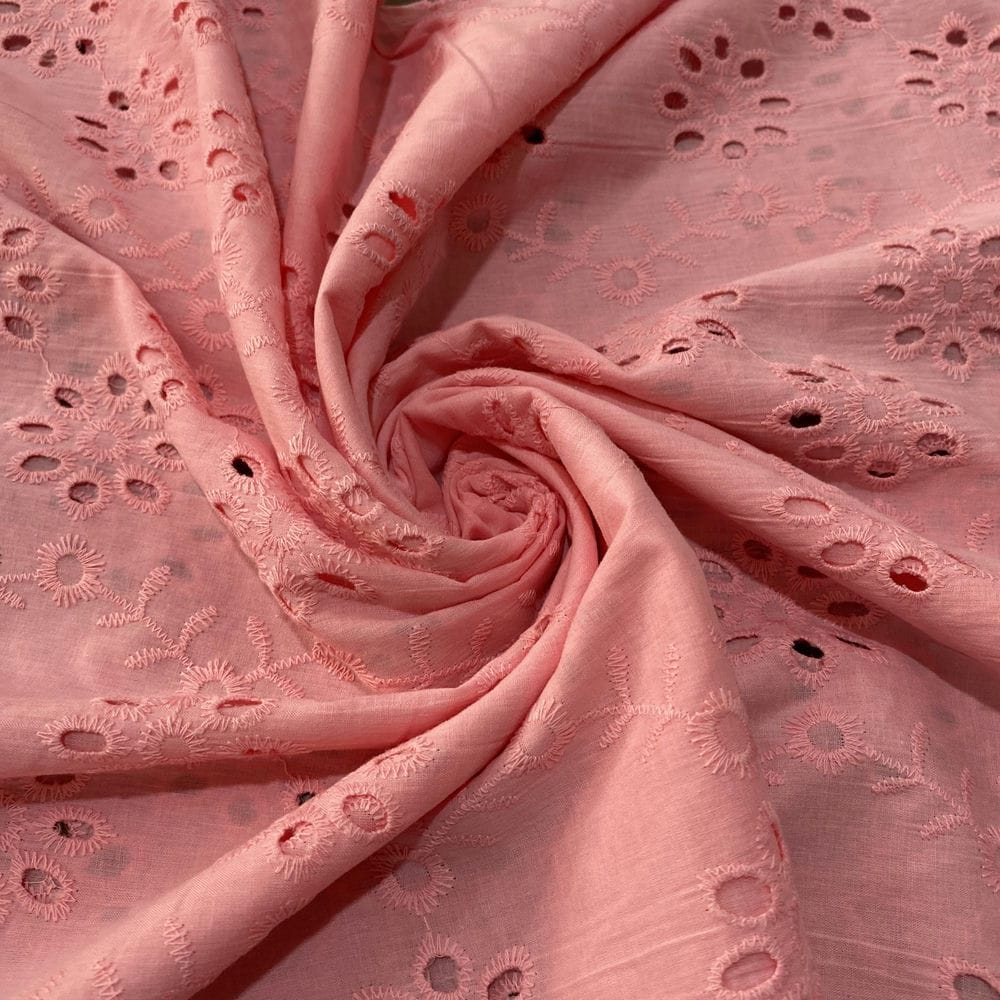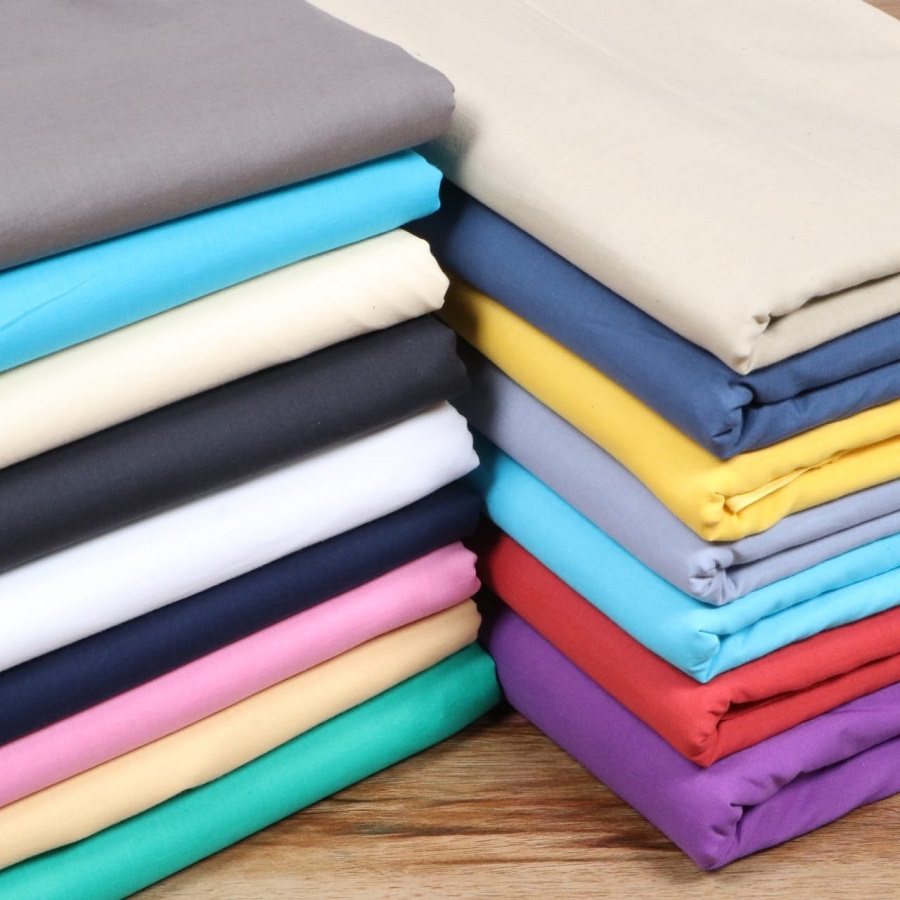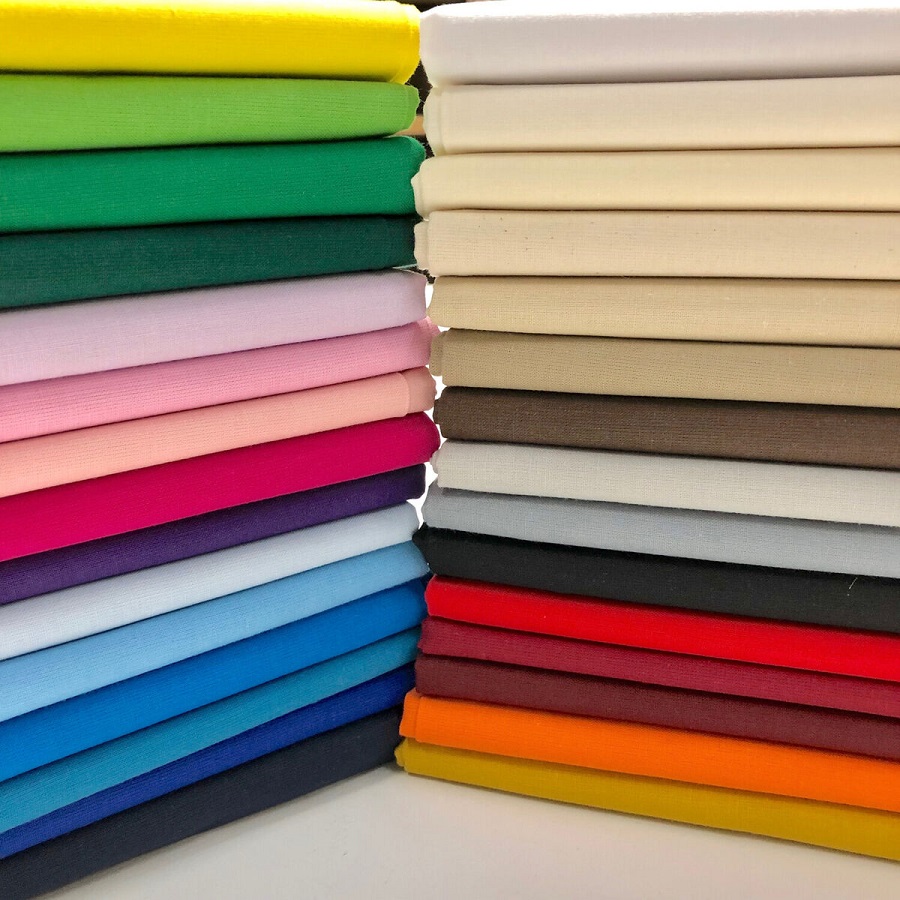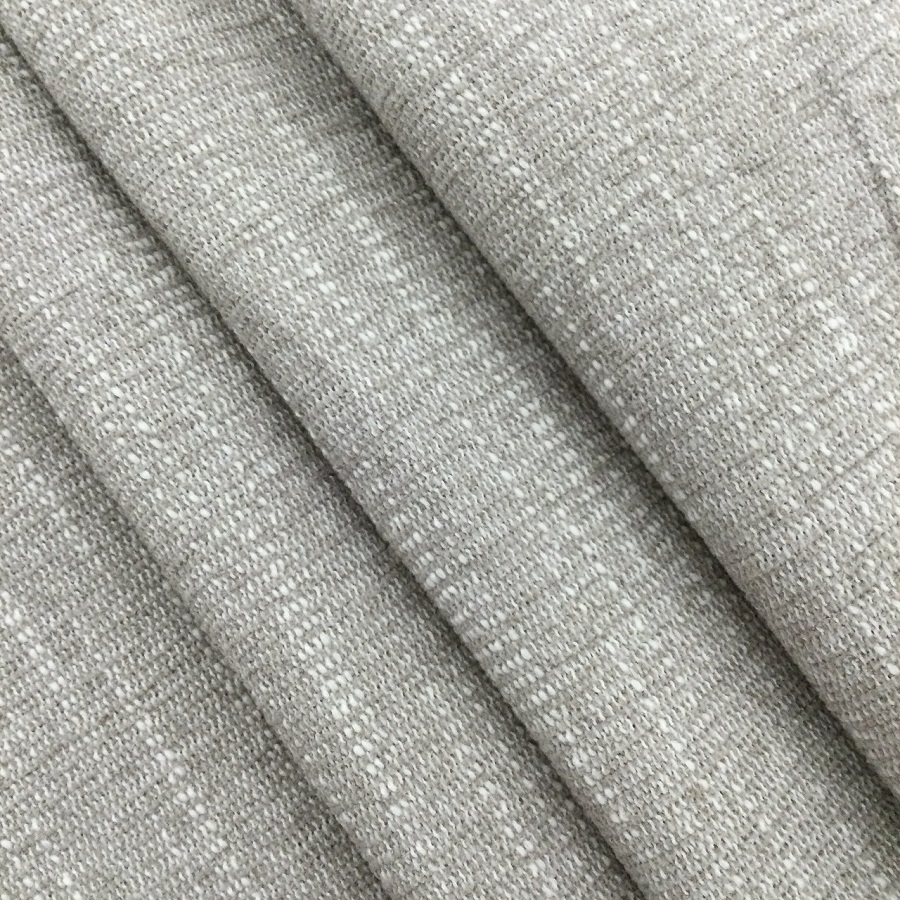What Exactly is a Yard of Fabric?
A yard of fabric is a standard measurement used in sewing and purchasing fabrics. It represents a length of 36 inches, or to put it differently, 3 feet. In metric terms, this translates to 0.9144 meters or 91.44 centimeters. Understanding this unit is crucial for anyone involved in textile projects, whether for fashion, upholstery, or crafts. Fabric is typically sold by the yard, so knowing exactly how much material you’re getting with a yard can ensure you have enough for your project without waste. When planning your next project, keep in mind that while a 1 yard refers to length, fabrics vary greatly in width, so the total area of fabric you receive will depend on both dimensions. Armed with the knowledge of what a yard of fabric entails, you can confidently calculate the amount needed for your creative endeavors.

Dimensions of a Yard of Fabric in Different Units
When you’re handling fabric, it’s vital to grasp the dimensions of a yard. This understanding helps prevent miscalculations in the material needed for your projects. To make things clearer, let’s break down a yard into different units:
- In inches: A yard stretches out to 36 inches. When you measure fabric, this is the length you’ll typically see.
- In feet: Simplifying further, a yard equals three feet. This can help you visualize the space the fabric covers.
- In meters: For those who use the metric system, a yard is approximately 0.9144 meters. It’s a handy conversion to remember if patterns or tutorials use meters.
- In centimeters: Lastly, a yard translates to 91.44 centimeters. This gives a precise metric measurement for smaller projects.
By familiarizing yourself with these conversions, you can transition fluidly between projects that use diverse measurement systems. Always double-check fabric dimensions before buying, to ensure you won’t run short. Now that you are equipped with the knowledge of fabric dimensions in various units, you’re better prepared to tackle any sewing task that comes your way. Keep this guide handy for future fabric shopping trips to streamline the process of finding the right amount of material for your sewing endeavors.
Estimating Fabric Yardage for Your Project
Before you start your sewing adventure, it’s crucial to estimate how much fabric you’ll need. This might seem daunting, but with a few tips, you can master this skill. First, consider the project’s size and scope. Are you making a small pouch or a full dress? The larger the project, the more yardage you’ll need.
Parsing Through Fabric Widths
Fabric widths can greatly affect how much yard material you need. Wider fabrics may require fewer yards, as more of the project can fit within the width. Most fabrics come in standard widths, like 45, 54, or 60 inches. Always check the width of your chosen fabric before calculating your needs.
Considering Fabric Shrinkage and Pattern Matching
Always account for shrinkage. Wash and dry your fabric before measuring, if possible. For designs with patterns or prints, extra fabric may be necessary to align the motifs correctly. Factor this in to avoid running out of material.
The Significance of Care Instructions for Fabric Yardage
Read the care instructions carefully. Some fabrics shrink more than others or require special handling. This knowledge will guide how much extra fabric you might need to buy. For machine washable fabrics, add a small buffer to account for any shrinkage that could occur after the first wash.
Utilizing a Yard Conversion Chart
A yard conversion chart is an invaluable tool. It helps you switch between inches, feet, meters, and centimeters with ease. This chart ensures that your fabric measurements align with the pattern’s requirements. Use one to confirm you’re buying the right amount of fabric.
With these considerations in mind, estimating your fabric yardage becomes a much simpler task. Keep these tips close by as you plan your project to ensure you purchase the perfect amount of fabric. One yard of fabric often goes further than you think if measured and used wisely.

Parsing Through Fabric Widths
When planning to sew or craft, note that fabric widths vary. It’s not just about 1 yard of fabric; how wide that yard is matters too. Most fabrics come in common widths, typically ranging from 45 to 60 inches. This can impact how many yards you need for a project. A wider fabric could mean needing less yardage.
Checking the Standard Widths
Check width for your project type. Fabric widths aren’t the same for all materials and uses. For apparel, the width could be about 44 to 60 inches. Home decor fabric? Often around 54 inches. Quilting cotton is usually in the 44/45-inch range. Always confirm the width, so you buy the right yardage.
Adjusting Yardage for Fabric Width
Calculate using fabric width. Wider fabric may decrease the yardage you need. If you’re sewing something large and your fabric is wide, you might manage with fewer yards. Less width means more yards. Always measure and calculate to prevent coming up short.
Remember, a 1 yard of fabric refers to length. But width is just as crucial when estimating the amount of fabric you need for your sewing projects. Get your project’s specifications, then purchase with confidence.
Considering Fabric Shrinkage and Pattern Matching
When buying 1 yard of fabric, remember to account for shrinkage. This is crucial. Fabric can shrink after washing, which affects your total material available. Always plan for this. Before starting your project, wash and dry the fabric. This preempts shrinkage issues. It ensures accurate measurements. Add a little more to your yardage as a buffer. This helps avoid running out mid-project.
Pattern matching also influences yardage. If you have a patterned fabric, you may need more. Aligning designs requires extra material. Patterns must flow seamlessly across seams. Be sure to allow extra fabric. This avoids mismatched patterns.
Key points to consider include:
- Wash fabric first to handle shrinkage.
- Add extra yardage as a safety margin.
- For patterns, buy more to align designs.
- Pattern flows should look intentional, not accidental.
Calculating fabric with these factors in mind is smarter. It helps prevent rework due to unexpected shrinkage or pattern issues. Your finished project will thank you for the careful planning.
The Significance of Care Instructions for Fabric Yardage
Understanding care instructions is vital when buying 1 yard of fabric. Some fabrics may shrink or need special care, affecting how much you need. Follow these steps for best results:
- Read Care Labels: Always check the care labels on fabric before purchase. This tells you how to wash and handle the material.
- Plan for Shrinkage: Fabrics like cotton can shrink. Buy a bit more fabric to allow for this shrinkage.
- Think About Maintenance: If fabric requires dry cleaning or hand washing, ensure you’re ready for that maintenance.
- Consider the Final Use: The care needed may influence your choice. For clothes or items washed often, choose easy-to-care-for materials.
- Add Extra Yardage: Buy a small amount more than your project needs. This covers shrinkage or care mistakes.
Careful planning keeps your projects looking great, even after washing and wear. It saves time and money in the long run, ensuring you don’t run out of fabric due to care requirements.

Utilizing a Yard Conversion Chart
Working with a yard conversion chart is a smart move for any sewer or crafter. It’s like having a translator for fabric measurements, so you can easily switch between inches, feet, meters, and centimeters. This makes it simple to match the fabric size you have with what your project needs.
Here are the benefits of using a yard conversion chart:
- Clarity: It clears up any confusion about different measurement units.
- Accuracy: Ensures you buy just enough fabric without waste.
- Ease: Makes pattern adaptation a breeze, whatever the measurement system.
- Time-saving: Cuts down on conversion time and mental math.
Always have this chart with you when shopping for or measuring fabric. Before you cut or stitch, use it to double-check your fabric size in the unit your pattern uses. It helps you avoid the frustration of shortfalls or excess. So next time you buy 1 yard of fabric, remember to consult your yard conversion chart. It could be the difference between a project that fits just right and one that doesn’t quite measure up.
Creative Projects Possible With One Yard of Fabric
Acquiring just 1 yard of fabric can open a world of creative possibilities. Here are a few inspirational ideas to spark your imagination and help you realize the potential of a single yard:
- Fashionable Clothing: Craft a simple top, skirt, or child’s dress. A yard may be all you need!
- Home Décor: Sew a chic pillowcase or create small window treatments. It can refresh any room.
- Accessories: Make headbands, scarves, or even a lightweight summer hat. They’re quick and fun.
- Bags and Pouches: Design a custom tote or a set of organizing pouches. They’re perfect for gifts.
- Quilting: A yard can contribute to a larger quilt project or become a small wall hanging.
- Children’s Toys: Soft toys or doll clothes can be fashioned from a yard of fabric.
Remember, the width of the fabric affects the project’s scope. Wider fabrics offer more surface area. Be sure to pre-wash for shrinkage and account for pattern repeats. With these tips, your 1 yard of fabric will go far. Start sewing and watch your creative ideas come to life.









